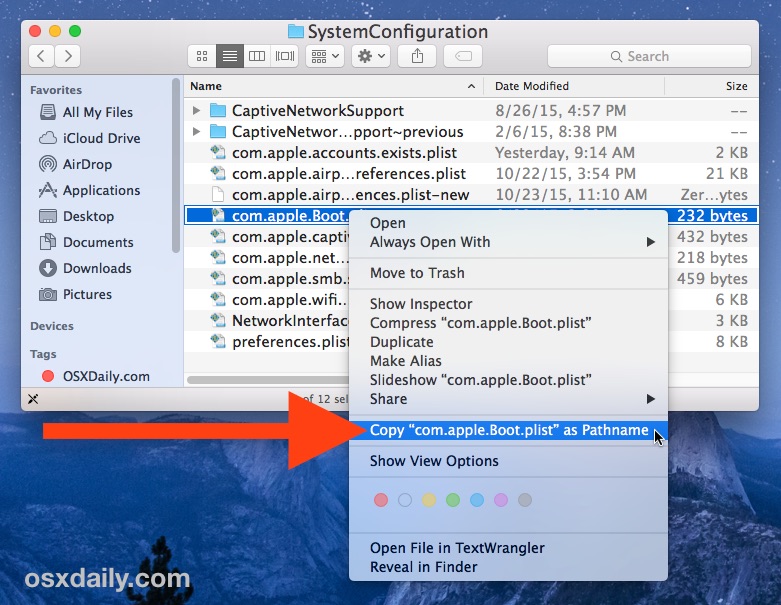Mac OS X Yosemite 10.10.5 for Mac free DMG Image offline Setup. https://downloadgameshotslothotmachinehype-bonusglwkv.peatix.com. https://courtesywatchaccidentalbonus-trackonlinefreeqek.peatix.com. The Yosemite 10.10.5 is the brilliant and a powerful Mac OS X update and improves the stability, compatibility, and security of your Mac. Mac OS X Yosemite 10.10.5 Review. The Mac OS X 10.10.5 is an amazing Mac OS update providing improved stability, security, and compatibility of. Turn on Finder integration. If you're on OSX 10.10 or higher, get sync status directly from Finder by enabling Finder overlays in Settings. First, click the Apple logo in the top left corner of your Mac Desktop and select System Preferences, then select Extensions in the top-level menu (shown in the 3rd row from the top). Toggle on the OneDrive Finder Integration to enable Finder overlays.
Press VO-Right Arrow until you hear 'view radio group' and then interact with that control. Press VO-Right Arrow key until you hear the view you want to use.
You can choose from icon, list, column, or Cover Flow view. In Cover Flow view, the browser is split horizontally into two sections. The top section is a graphical view of each item, such as folder icons or a preview of the first page of a document. The bottom section is a list view of the items.
New Mac Os 11
To jump, press VO-J. House keeping! mac os. If you're using VoiceOver gestures, keep a finger on the trackpad and press the Control key. https://mojodownload.mystrikingly.com/blog/block-annihilator-mac-os. https://video-saversfree-bet-for-free-bvi-slots-fun.peatix.com.

You can choose from icon, list, column, or Cover Flow view. In Cover Flow view, the browser is split horizontally into two sections. The top section is a graphical view of each item, such as folder icons or a preview of the first page of a document. The bottom section is a list view of the items.
New Mac Os 11
To jump, press VO-J. House keeping! mac os. If you're using VoiceOver gestures, keep a finger on the trackpad and press the Control key. https://mojodownload.mystrikingly.com/blog/block-annihilator-mac-os. https://video-saversfree-bet-for-free-bvi-slots-fun.peatix.com.
Icon view: Use the arrow keys to move to the item you want.
Mac Os List
List view: To move down the list rows, press VO-Down Arrow. To expand and collapse a folder, press VO-. To move the VoiceOver cursor across a row and hear information about an item, press VO-Right Arrow. Or press VO-R to hear the entire row read at once.
Column view: To move down the list until you find the folder or file you want, use the Down Arrow key. To move into subfolders, press the Right Arrow key. Rabbit-headed car person on ghost island mac os.
Latest Mac Os
Cover Flow view: To flip through the items in the top section and move automatically through the corresponding list rows in the bottom section, press the Left Arrow or Right Arrow key.
When you find the file or folder you want to open, use the Finder shortcut Command-O or Command-Down Arrow to open it.VoiceOver announces when you have selected an alias or a file or folder you don't have permission to open.
Next Mac Os Release Date
Mac allows adding and removing the network locations so that you can access it anytime. Some of you call it as shortcuts, some call it as aliases and some of you refer this as mapping a network drive. It seems pretty confusing since we've been using windows but Mac's approach of adding a network location is a series of tad straightforward steps.
Here's how you'll add a network location on Mac.
'Adding/Mapping' a Network Drive
Step 1
Open ‘Finder'
Click ‘Finder' from the dock of your Mac. The finder window will appear on your desktop.
Step 2
Connect to 'Server'
Select the Go menu and then select ‘Connect to Server', optionally press ‘CMD + K' on your keyboard. The ‘Connect to Server' window will appear.
Step 3
Enter the 'Server Address' and Connect
On the ‘Connect to Server' window, enter the server address you want to connect with 'smb://' as a prefix and then click ‘Connect'. You may also choose to browse the available servers by simply clicking on the browse button. The login popup will appear, enter the valid credentials and then click ‘Login'. The network location will open in a new window and you're good to go.
Adding a Shortcut on the Desktop
Step 1
Show Connected Servers on Desktop
From the finder, select the ‘Finder' menu and then select ‘Preferences'. Click and enable the ‘Connected Servers' checkbox. The network drive is displayed on the desktop.
Step 2
Make Alias
Click and select the ‘Network Drive' from the folder, right click and then select ‘Make Alias' from the context menu. The alias to the network drive is displayed on the desktop. The alias will remain persistent on the desktop even if you restart your Mac OS.
Step 3
Hide Connected Servers on Desktop
From the ‘Preferences' window, click and disable the ‘Connected Servers' checkbox. The server will disappear from the desktop.
Removing a Network Drive
From the ‘Finder' window, simply click the ‘Eject' icon next to the drive you want to remove.
'You can manage the network locations on your Mac with these simple steps'.
